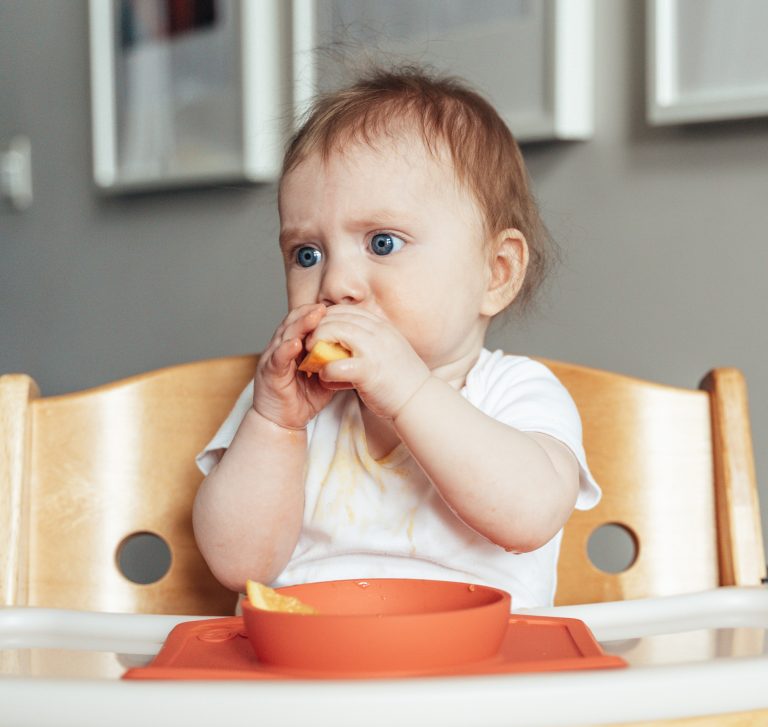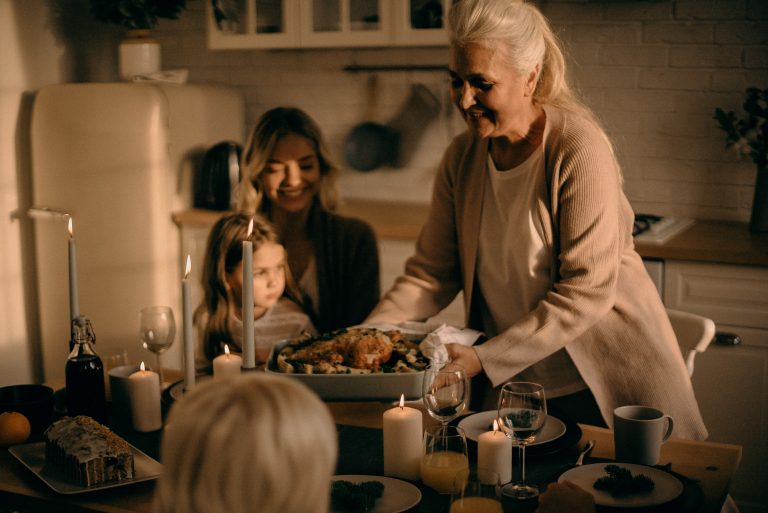Top 10 Best Feeding Positions For Babies
Feeding your baby is a special bonding time, but it can also be challenging to find the best position for you and your baby. In this article, we will discuss the 10 best feeding positions for babies, including the advantages and disadvantages of each position.

Top 10 Best Feeding Positions For Babies
1. Cradle hold: The cradle hold is one of the most common breastfeeding positions, where the baby lies horizontally in the mother’s arms, with the head resting on the crook of her arm. The baby’s body is supported by the mother’s lap.
This position allows for close bonding and eye contact between mother and baby. However, it may put pressure on the mother’s arm and back.
2. Cross-cradle hold: Similar to the cradle hold, the cross-cradle hold involves placing the baby across the front of the mother’s body, with the head resting in the crook of the opposite arm.
The mother can use her other hand to support the baby’s head and body. This position allows for more control and support of the baby’s head and neck, making it easier for the baby to latch.
3. Football hold: The football hold is a position where the baby is held under the mother’s arm, with their legs tucked under her arm and their head resting in her hand.
This position is especially useful for mothers who have had a cesarean section or for babies who have trouble latching.
4. Side-lying position: In the side-lying position, the mother and baby lie on their sides facing each other, with the baby’s mouth at the level of the nipple.
This position can be especially helpful for mothers who have had a difficult delivery or for those who need to rest during feeding.
5. Laid-back breastfeeding position: The laid-back breastfeeding position involves the mother reclining in a comfortable position while the baby lies on their stomach on top of her body.
This position allows for the baby to use their natural instincts to find the breast and may lead to a better latch.
6. Straddle hold: In the straddle hold, the mother sits on a chair with the baby straddling her leg. The baby’s back is supported by the mother’s chest, and their legs are tucked under her arms.
This position can be especially helpful for mothers who have large breasts or for babies who have trouble latching.
7. Koala hold: The koala hold involves the baby being held upright against the mother’s chest, with their legs wrapped around her waist.
This position is especially helpful for babies with reflux or gas.
8. Upright breastfeeding position: The upright breastfeeding position involves the baby being held in an upright position, with their head at the level of the mother’s breast.
This position can be especially helpful for babies with reflux or who have trouble latching.
9. Tandem breastfeeding position: The tandem breastfeeding position is useful for mothers who are breastfeeding twins. In this position, the mother can use a nursing pillow to support both babies at the same time.
10. Standing breastfeeding position: The standing breastfeeding position involves the mother standing and holding the baby in one arm while breastfeeding with the other breast.
This position can be helpful when the mother is on the go or when she needs to multitask.
Conclusion
Finding the best feeding position for you and your baby is essential for a successful and comfortable breastfeeding experience. By understanding the advantages and disadvantages of each position, you can choose the one that works best for you and your baby’s needs.
Remember, every baby is different, so it’s important to experiment with different positions to find the one that works best for you.





